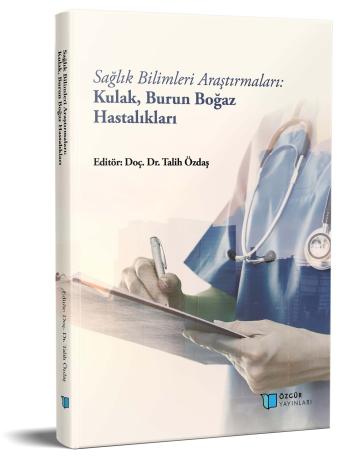
Nasal Cavity and Paranasal Sinuses
Chapter from the book:
Özdaş,
T.
(ed.)
2023.
Ear Nose Throat Diseases Review.
Synopsis
The paranasal sinuses and nose are much more than two cavities behind a projection on the centre of the face.The nasal cavity receives air and conditions the air that is passed on to the other areas of the respiratory tract. The paranasal sinuses are pneumatic cavities lined by mucous membrane and communicate directly with the nasal cavity. The paranasal sinuses are the frontal sinus, ethmoid cells, maxillary sinus, and sphenoid sinus. The anatomy and physiology interact forming a dynamic system. The anatomy, airflow, nasal resistance, its turbulence, the nasal cycle – a process by which the turbinates or cushions lining the nose alternatively swell and congest from side to side, can all potentially influence the nasal delivery of drugs. Along with these factors mucus rheology and mucociliary clearance influence the removal of substances delivered to the nose. The health of the nose and its immunological response to what is inhaled, be it pollutants, allergens, drugs or vaccines, all need to be considered. It is a fascinating sensor for the body, not only detecting the potentially harmful substances such as smoke, but its psychosexual aspects have far reaching implications and the olfactory pathway has potential as a pathway for the delivery of drugs.

